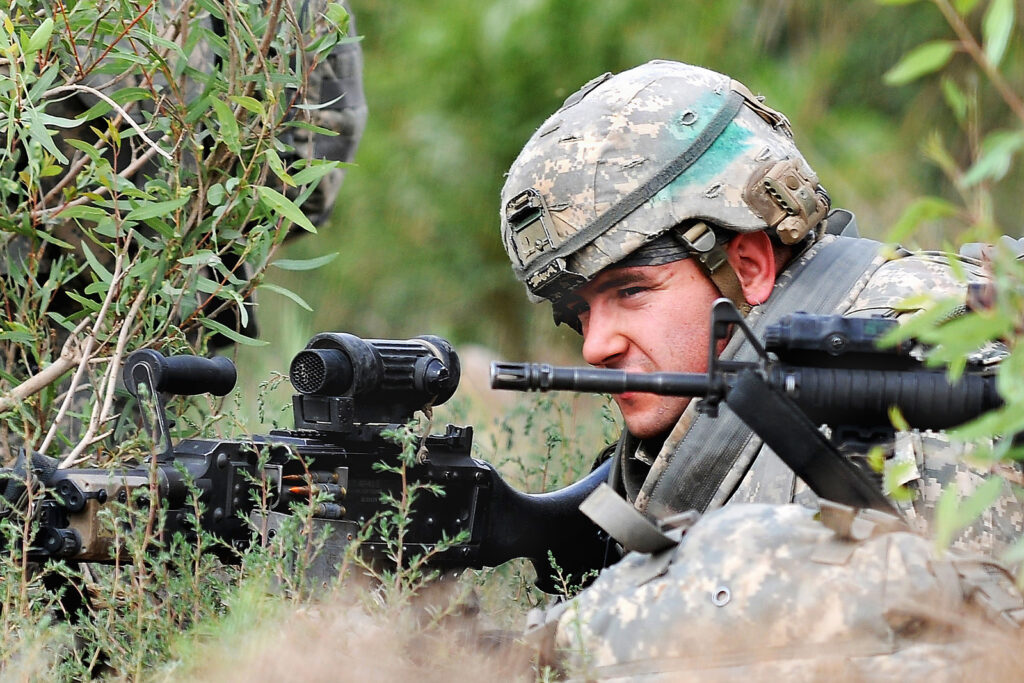MOGADISHU, SOMALIA – Occupation forces invite their own response – no surprise there.
In the past few decades, i.e. after 9/11, military deployments have taken on a new – and disturbing – trend. Gone are the days of fighting large armies (think WWII), having been replaced by the use of guns and drones to fight terrorism. To my mind, this is not a good development (and one I discussed at length in my fourth book An End to the War on Terrorism).
Several nations have elected to send troops overseas to deal with terrorist groups. Some of these deployments are at first blush understandable – think the US-led invasion of Afghanistan post 9/11 – while others are less so – think the US-led invasion of Iraq in 2003.

Another example of the latter was the 2006 ‘invasion’ of Somalia by Ethiopian forces to handle what was then called the Islamic Courts Union, a fundamentalist Muslim bunch which did not actually pose any threat to Ethiopia. Not only did that move not solve the problem is sought to undo but led to the creation of Al Shabaab, a much larger and more dangerous bunch.
And the Ethiopians were not the only ones to undertake such a foolish move. The African Union (AU) authorised a military mission named AMISOM in January 2007 to last six months: it is still there 14 years later!
Not surprisingly, having foreign troops wandering around your country has a nasty tendency to piss off the locals, terrorists among them. Al Shabaab (AS), Somalia’s reigning Islamist extremists is one of AMISOM’s chief enemies.
On this day in 2009
AS suicide bombers driving two UN-marked vehicles rammed through the security gate of the mission’s headquarters, which is attached to Mogadishu’s airport, killing 21, mostly soldiers, and wounding 40. One of the wounded was the force commander, Ugandan Maj. Gen. Nathan Mugisha who had assumed command the month previously.
We will not be deterred by such criminal acts and (to) continue all our efforts to ensure the return of peace and stability in Somalia.
Joint statement by the UN, EU, Arab League, the US and others
The peacekeeping force was charged with protecting key government and strategic installations in Mogadishu, including the port, airport and presidential palace and was the de facto military force of the weak, transitional Somali government. Hence it was targeted for an attack.
And the attacks continue…
Read More Today in Terrorism
May 31, 1906: Spanish anarchist bombs royal wedding
On May 31, 1906 a Spanish anarchist threw a bomb hoping to hit King Alfonso XIII, killing 24 and wounding more than 100.
May 30, 2009: Anti-government group bombs TV station in Ecuador
On May 30, 2009 two pamphlet-bombs exploded outside an Ecuadorian TV station and ministry: no victims or significant damage ensued.
May 29, 2016: ISIS uses chlorine gas in terrorist attack
On May 29, 2016 35 civilians were wounded in an ISIS attack using rockets containing chlorine gas in Iraq’s Nineveh Province.

